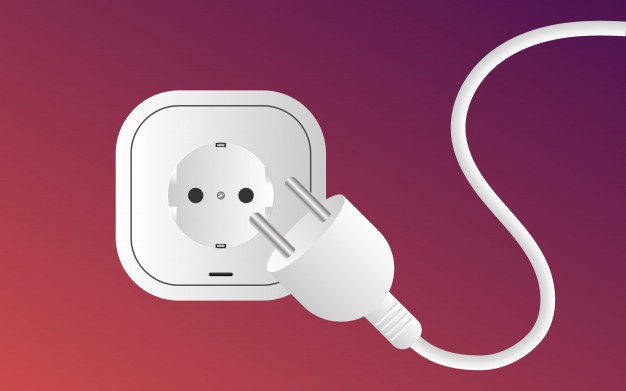Extension cords are a means to temporarily supply electrical power to an
appliance. Extension cords are made from flexible conductors that will
allow the user to easily store them in a minimum amount of space, when not in
use. This requires the conductors to be as small as possible, most often
made of many strands of tiny copper wires. The insulation around the wire
is also thin to maintain this flexibility. So, what is the problem?

The flow of electricity through a conductor generates heat from the resistance
to the flow. The amount of heat is affected by the conductor,
its size,
and the amount of electricity forced through the conductor. For this
reason it becomes critical we know the cord's designed capacity.
Cords are designed to dissipate heat into the surrounding atmosphere.
By connecting an applicance to a cord that can't handle the amount of power
required by the appliance, heat develops, which exceeds the cord's ability to
dissipate it. Covering or hiding the cord allows heat to build up damaging
the cord which can result in a fire. By placing furniture or other objects
on the cord, we compress or damage the wires increasing the resistance to the
flow of electricity and increasing the heat generated, often causing the cord to
fail and result in a fire.
Extension cords are very unforgiving. Slight damaged will continue to
build and if used long enough the cord will fail resulting in a fire safety
hazard.
For Additional Extension Cord Safety Tips,
click here.